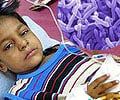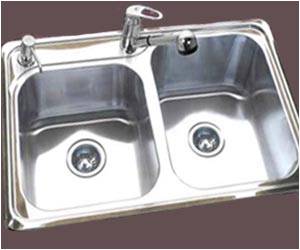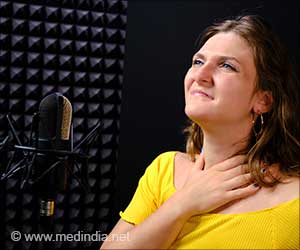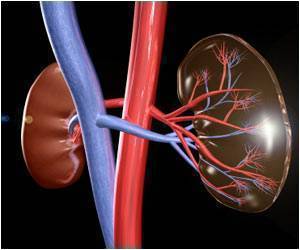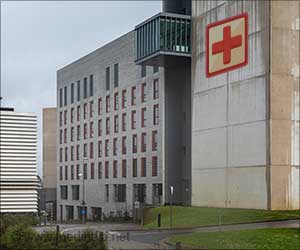
The streamers adhere to a surface and are able to trap passing cells as they flow through medical devices such as stents and catheters, becoming more rigid and eventually clogging up the whole device.
In their study, the researchers, from Princeton University, recreated the physical environments of medical devices with curvy channels, multiple networks and a flowing fluid, and showed that streamers can rapidly expand and create a blockage in a surprisingly short space of time.
Moreover, if the surfaces were coated with human blood plasma, which the bacteria often encounter in infectious sites, the biofilm streamers appeared in the structures even more quickly.
Methicillin-resistant Staphylococcus aureus (MRSA) is a notorious strain of the bacteria that has developed a resistance to antibiotics, making it particularly difficult to treat in humans.
MRSA is the most widespread cause of hospital-associated infections in the US and Europe, and has a high mortality rate. Patients with open wounds, implanted devices and weakened immune systems are at the greatest risk of infection.
Advertisement
Co-author of the research Professor Howard Stone, from Princeton University, said: "We have shown that Staphylococcus aureus can create slimy, thread-like biofilm streamers in environments that mimic the physical and chemical conditions of medical devices such as stents and catheters.
Advertisement
In their study, Professor Stone and colleagues investigated how surface geometry, surface chemistry, and fluid flow affected the formation of streamers.
They examined four strains of Staphylococcus aureus by staining the cells with fluorescent dyes and taking high-resolution images as a flow was passed through the microfluidic structures, which contained curvy channels and multiple networks.
Their results showed that the flow of fluid through the structures was the major contributor to the shape of the biofilm streamers, as opposed to movements of the cells themselves, and that the biofilm streamers could form in a number of different complex environments, leading the researchers to believe that the streamers are ubiquitous in natural environments.
Compared to another common pathogen, Pseudomonas aeruginosa, which the researchers previously studied, Staphylococcus aureus formed and clogged up the channels much more quickly.
"The different dynamics of biofilm formation may result from different mechanisms, and different flows of the biofilm matrix, which are research directions we are currently pursuing," Professor Stone continued.
Source-Eurekalert



